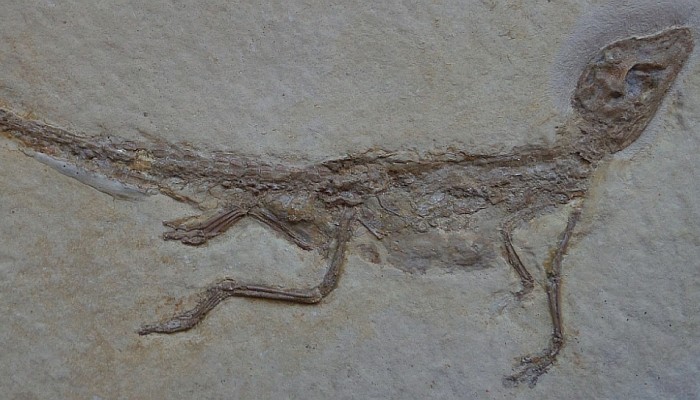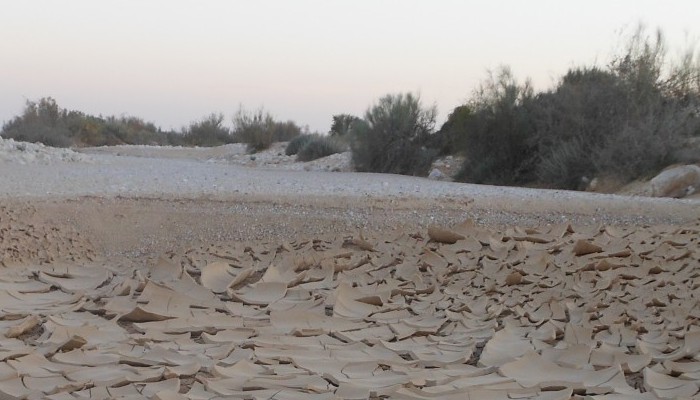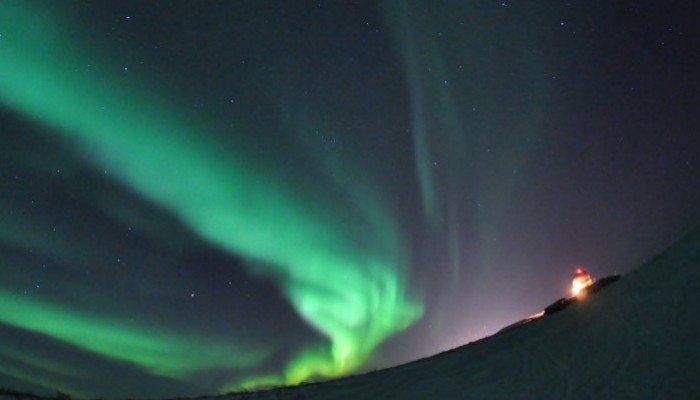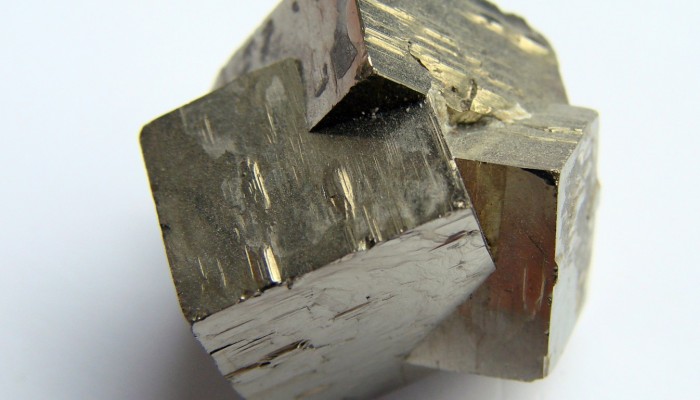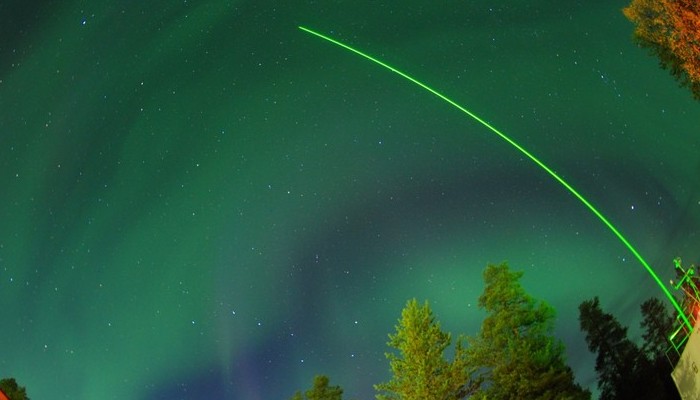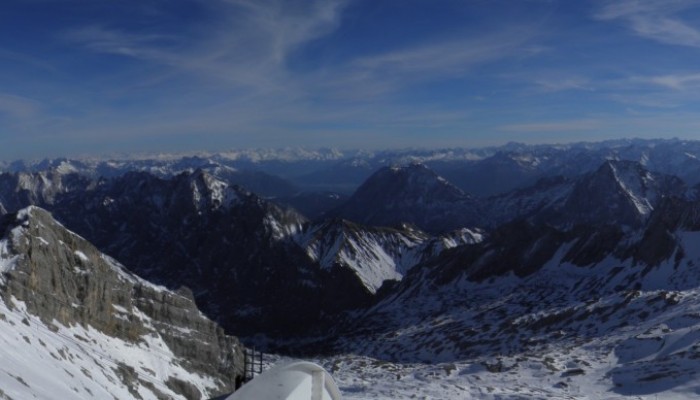Europe 150 million years ago must have been a brilliant place to go on holiday. Tropical islands, warm lagoons to bathe, a warm climate, and nine metre long crocodiles noshing on anything that couldn’t swim fast enough. Ok, so maybe not that great for humans, but if you were an ancient archosaur, living alongside dinosaurs and other now extinct animals, life must have been pretty sweet. Thes ...[Read More]
If you didn't find what you was looking for try searching again.
Between a Rock and a Hard Place
Christmas cracker jokes 2014
Sorcha Q:Why didn’t the geologist want his Christmas dinner? A: He lost his apatite. Elspeth Q: Who did Santa bring along to perform at the Earth Sciences Christmas party? A: Elf-is Presley! Charly Q: What is Father Christmas’s favourite element? A: Holmium (Ho Ho Ho!) KT Q: What happened to Rudolph when he accidentally ate clay? A: He got illite. James Q: Why are advent calendars like ...[Read More]
GeoLog
Imaggeo on Mondays: Wadis in a war zone
The range of challenges scientists face when carrying out Earth science research in the field are vast. However, the story behind Vincent Felde’s, a PhD candidate at Giessen University, image of the wadi, is truly remarkable and highlights how geoscientific research is not limited by borders or conflict. Wadi Nizzana (the Arabic term used to describe valleys that remain dry except during times of ...[Read More]
GeoLog
When Astronomy Gets Closer to Home: Why space weather outreach is important and how to give it impact
When the public think about natural hazards, space weather is not the first thing to come to mind. Yet, though uncommon, extreme space weather events can have an economic impact similar to that of large floods or earthquakes. Although there have been efforts across various sectors of society to communicate this topic, many people are still quite confused about it, having only a limited understandi ...[Read More]
Between a Rock and a Hard Place
Science Snap (#35): Twinning
Twinning is a phenomenon in mineralogy whereby a single crystal of a mineral has two or more parts in which the crystal lattice is differently orientated. The shared surface between two twins is called the composition or twin plane, and the orientation to either other is determined by symmetry through rotation or reflection; this relationship is described by a twin law.
GeoLog
GeoTalk: Nick Dunstone, an outstanding young scientist
Nick Dunstone, the winner of a 2014 EGU Division Outstanding Young Scientists Award, who studies the Earth’s climate and atmosphere, including how they are impacted by natural variation and anthropogenic emissions talks to Bárbara Ferreira, the EGU Media and Communications Manager, in this edition of GeoTalk. This interview was first published in our quarterly newsletter, GeoQ. First, could you i ...[Read More]
Geology for Global Development
#EGU15 – Some Sessions of Interest (2) – Natural Hazards and Society
We’re expecting a strong GfGD presence again at the European Geosciences Union General Assembly in 2015 and look forward to meeting some of you there. Last week we noted some great sessions on natural hazards education, communications and geoethics (all with exemption from abstract processing charges). Here we note some sessions from the ‘Natural Hazards and Society’ session within the ...[Read More]
GeoLog
Imaggeo on Mondays: A single beam in the dancing night lights
Research takes Earth scientists to the four corners of globe. So, if you happen to have a keen interest in photography and find yourself doing research at high latitudes, chances are you’ll get lucky and photograph the dancing night lights: aurora (or northern lights), arguably one of the planet’s most breath taking natural phenomenon. That is exactly the position Matias Takala, a researcher at th ...[Read More]
Geomorphology
Active groups in Geomorphology around Europe
When setting up the first ideas for this blog Jan, Lucy and I started to research different national groups of geomorphologists from around Europe. Lucy came up with 13 contacts to groups in Europe and some were happy to write some short notes about their great work national and partly international. To give you a small impression, some contacts and visions please see the following posts by the It ...[Read More]
Geology Jenga
Outreach on the slopes.
One of the beauties of living in Munich is that the Alps are, practically, on your door step. As I mentioned in one of our more recent posts, now that I am here, I’m looking forward to exploring the city, its surroundings and further afield! Making it to the top That is exactly what I did a few weekends ago. After a little research, I chose to visit the town of Garmisch-Partenkirchen, at the footh ...[Read More]

